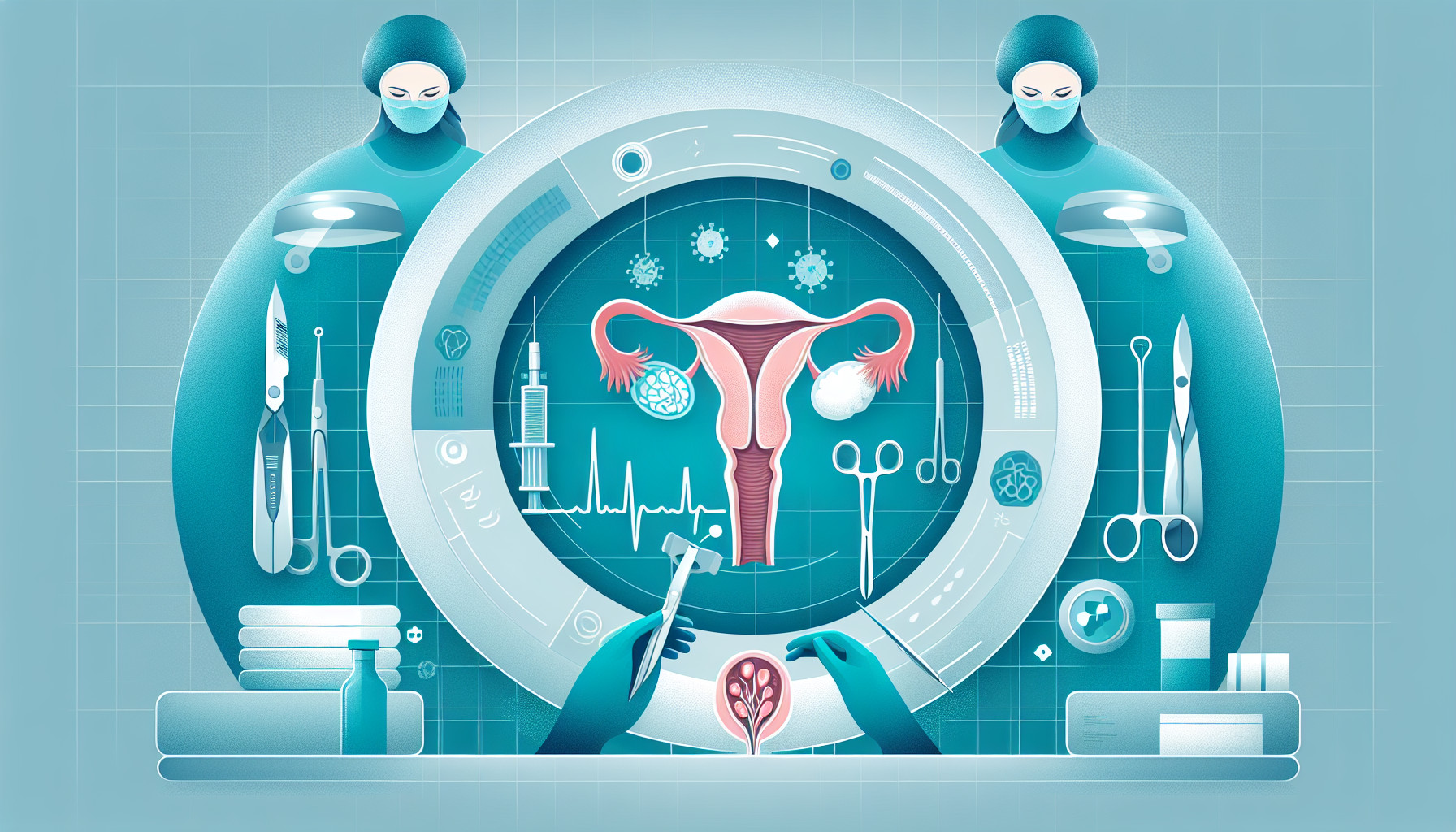Our Summary
This research paper discusses a rare but sometimes fatal condition called autoimmune limbic encephalitis (ALE), which is linked to a particular type of receptor in the brain and is sometimes accompanied by a type of ovarian tumor known as a teratoma. The study details the case of a 27-year-old woman who had ALE along with a mature cystic teratoma, which appeared on scans to be a functional cyst. The woman underwent a surgery to remove her left ovary (where the teratoma was located) through a single incision. After surgery, her symptoms completely disappeared by day 154. The researchers emphasize the importance of finding and removing these tumors in managing patients with or suspected of having ALE.
FAQs
- What is Autoimmune limbic encephalitis (ALE) and how is it related to ovarian teratoma?
- What is the significance of teratoma detection and tumor removal in patients with ALE?
- How is a mature cystic teratoma different from a functional cyst?
Doctor’s Tip
A doctor may advise a patient undergoing ovarian cyst removal to follow postoperative care instructions carefully, including avoiding strenuous activities and lifting heavy objects for a certain period of time. It is important to attend all follow-up appointments to monitor recovery progress and address any potential complications. Additionally, maintaining a healthy lifestyle and regular exercise routine can help prevent future cyst formation.
Suitable For
Patients who are typically recommended ovarian cyst removal include those with:
- Large cysts that are causing symptoms such as pelvic pain or pressure
- Cysts that are persistent or growing in size
- Complex cysts that may be at risk for malignancy
- Cysts that are causing infertility or affecting the function of the ovary
- Cysts that are associated with other conditions such as autoimmune limbic encephalitis (ALE) and ovarian teratoma.
Timeline
Before ovarian cyst removal:
- Patient may experience symptoms such as abdominal pain, bloating, or irregular menstrual cycles.
- Patient may undergo imaging tests such as ultrasound or MRI to diagnose the ovarian cyst.
- Patient may consult with a gynecologist to discuss treatment options, including surgery to remove the cyst.
After ovarian cyst removal:
- Patient undergoes laparoscopic surgery to remove the cyst.
- Patient may experience pain or discomfort in the days following surgery.
- Patient is monitored for any complications or signs of infection.
- Patient may have follow-up appointments with the surgeon to ensure proper healing and discuss any further treatment options if necessary.
- Patient’s symptoms improve over time as the cyst is removed and the body heals.
What to Ask Your Doctor
- What are the potential risks and complications associated with ovarian cyst removal surgery?
- How will the presence of an ovarian teratoma affect my autoimmune limbic encephalitis (ALE) condition?
- Will the removal of the ovarian teratoma improve my symptoms of ALE?
- What is the expected recovery time following the surgery?
- Will I need any additional treatment or follow-up care after the ovarian cyst removal surgery?
- Are there any lifestyle changes or precautions I should take after the surgery?
- How will the removal of the ovarian teratoma impact my fertility?
- Are there any alternative treatment options available for managing both the ovarian teratoma and ALE?
- What is the likelihood of the ovarian teratoma recurring in the future?
- Are there any specific symptoms or signs I should watch out for following the surgery that may indicate a complication or recurrence of the teratoma?
Reference
Authors: Hwang JH, Kim BW. Journal: Cureus. 2022 Jul 13;14(7):e26812. doi: 10.7759/cureus.26812. eCollection 2022 Jul. PMID: 35971364
